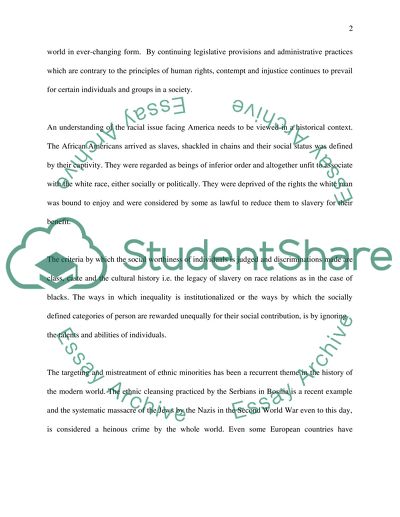Cite this document
(“Race and ethnicity Essay Example | Topics and Well Written Essays - 2750 words - 1”, n.d.)
Retrieved from https://studentshare.org/miscellaneous/1530673-race-and-ethnicity
Retrieved from https://studentshare.org/miscellaneous/1530673-race-and-ethnicity
(Race and Ethnicity Essay Example | Topics and Well Written Essays - 2750 Words - 1)
https://studentshare.org/miscellaneous/1530673-race-and-ethnicity.
https://studentshare.org/miscellaneous/1530673-race-and-ethnicity.
“Race and Ethnicity Essay Example | Topics and Well Written Essays - 2750 Words - 1”, n.d. https://studentshare.org/miscellaneous/1530673-race-and-ethnicity.


